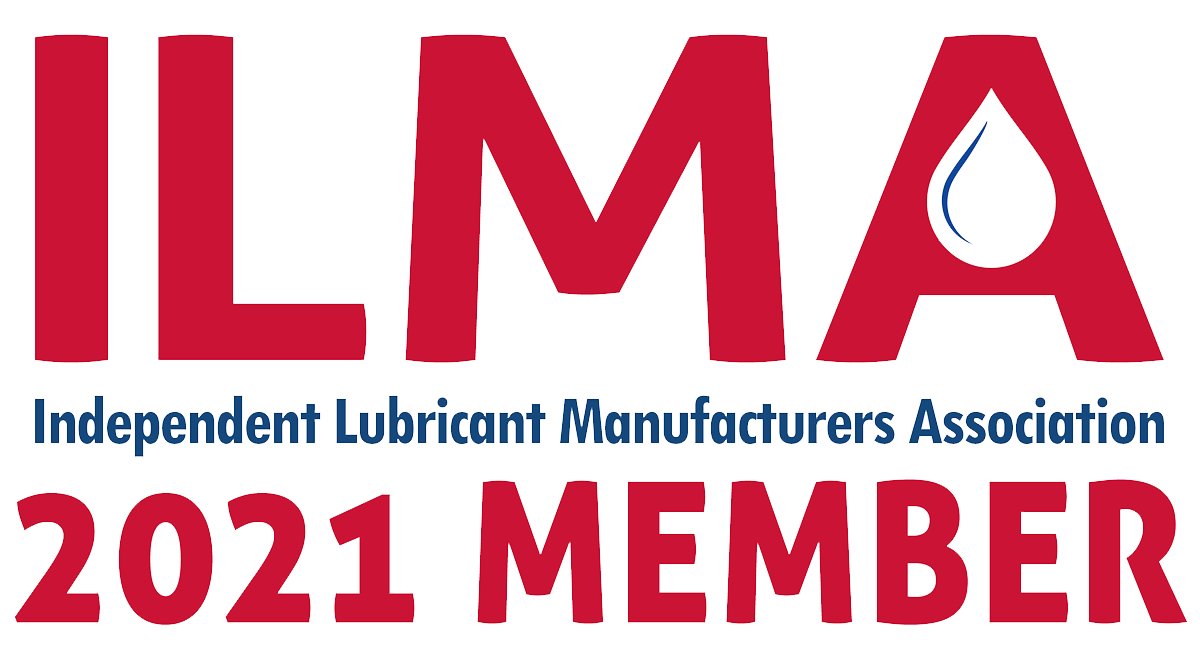Oil analysis can go a long way towards extending the life of your lubricant and equipment. Because it is such a valuable tool, understanding how to read your oil analysis report is critical.
An oil analysis report contains a lot of data that can tell you a lot about your equipment, lubricant and processes. Each of the items detected can help you determine what contaminants have infiltrated your system.
“Dirt, antifreeze, fuel, soot and water, those are the primary contaminants that we see,” Mike Wyant, Director of Technical Services for PetroChoice, said.
While some of those contaminants will show up on the report directly, others will need to be determined by reading a little deeper. The report will contain a section on wear metals by weight in parts, per million, as well as readings for additive metals and physical and chemical data. For reference, let’s look at a sample report from PetroChoice’s Engine Guard program:
According to Wyant, this report would indicate dirt contamination, as the levels of silica are elevated beyond a reasonable threshold. You could also determine the sample in question is not contaminated with antifreeze, as sodium and potassium are at normal levels and tests for ethylene glycol came back negative. Usually, a report will suggest corrective action to help mitigate the level of contamination. While all the categories are important, Wyant recommended focusing on the wear metal readings first.
“Wear metals will probably end up being the most critical,” he said. “Confirm the report pertains to your equipment, then look for excess metals and contaminants.”
While understanding the level of contaminants in your sample is important, being able to take action based on the results you receive is what makes oil analysis so important. Different metals or other contaminants found in a sample can point to an equipment problem.
“Dirt is probably the most common,” Wyant said. “It usually indicates a bad air filter or no air filter. Water is probably next most common, usually the result of a bad seal or open fill cap.”
Of course, no two samples are going to be identical. Different additive packages can cause some lubricants to have higher concentration of some materials than others. Some pieces of equipment wear down faster than others and some contaminants are unavoidable in certain applications. This makes consistent testing important, as it will allow you to recognize trends in your samples and act preemptively.




